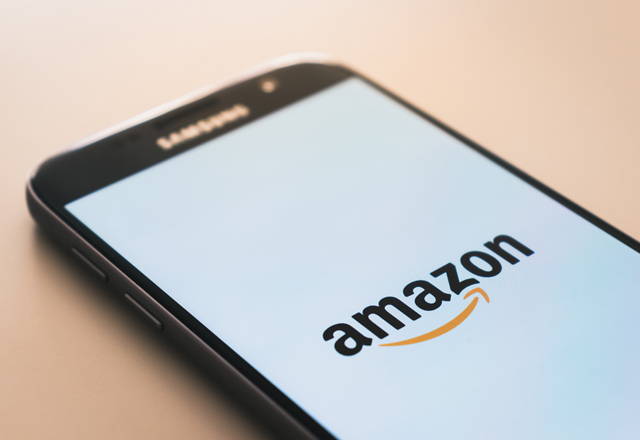3 ways to invest more in shopper relationships with 160 characters or less

SMS messaging — texts — are great to get the word out to customers about special events, sales and discounts. Retailers large and small can benefit from the marketing strategy primarily used to drive sales and foot traffic.
The trouble is, the limited space for content mandates writers use extremely concise verbiage.
With a character count of around 160, it’s difficult to create content that will strengthen customer relationships and drive business.
Conversations nurture relationships, and relationships can grow sales.
Texting is a great way to have conversations when your customers are not in the building or on your site, especially because 95% of Americans have cell phones.
However, to reach shoppers quickly and grab their attention enough to entice them into your store, content has to be engaging.
Your interesting offers, information, discounts and coupons were attractive enough for them to sign up to receive messages. Now it’s time for them to take action.
Here are 3 tips for creating strategic content in 160 characters or less.
1: Determine your goal
If your texts are meant to encourage sales, they should be inviting, not demanding.
SMS texting can be rather intimate, one-to-one conversations. Let your sales team establish a position of a trusted advisor.
For example: “Hi Steve. Remember the Sky-Dweller that caught your eye? We’re having a Rolex sale Saturday. Let me know if you’re interested – Leah @ Hughes Jewelry”.
2: Offer help consistently
Texts from trusted advisors should maintain a fairly regular cadence: Not too frequent, but not “out of the blue” either. Be authentic; customers can detect insincerity a mile away.
Try basing the timing of texts on the number of times per month or week customers are actually purchasing.
For example: “Hi Renee, thanks for attending the install demo. Sound system installation is Thursday, 10/10. Sign up: xyz.com/nmk. Let me know if you have questions – Rob”.
3: Include a call to action
While “Thank you for your business,” is a polite ending, it’s not the most effective use of 160 (or fewer) characters. Ending with a link or phone number shows you mean business.
For example: “Hi Fiona, the 20% discount on Natural Kat ends this week @KitsCorner. If you come in today, you’ll get a BOGO deal with this msg. Hope to see you later – Piper”.
Remember, a customer can easily call you from a text message, because the SMS is generated from a cell number. So using precious character space to include a phone number may not be the best use of the space.
Texting after contact has been established with a prospect can help significantly improve conversion.
Sales prospects who are sent text messages convert at a rate 40% higher than those who are not sent any text messages, according to research by Velocify.
It is also a effective way to keep your brand top-of-mind and to build strong, lasting, customer relationships.













